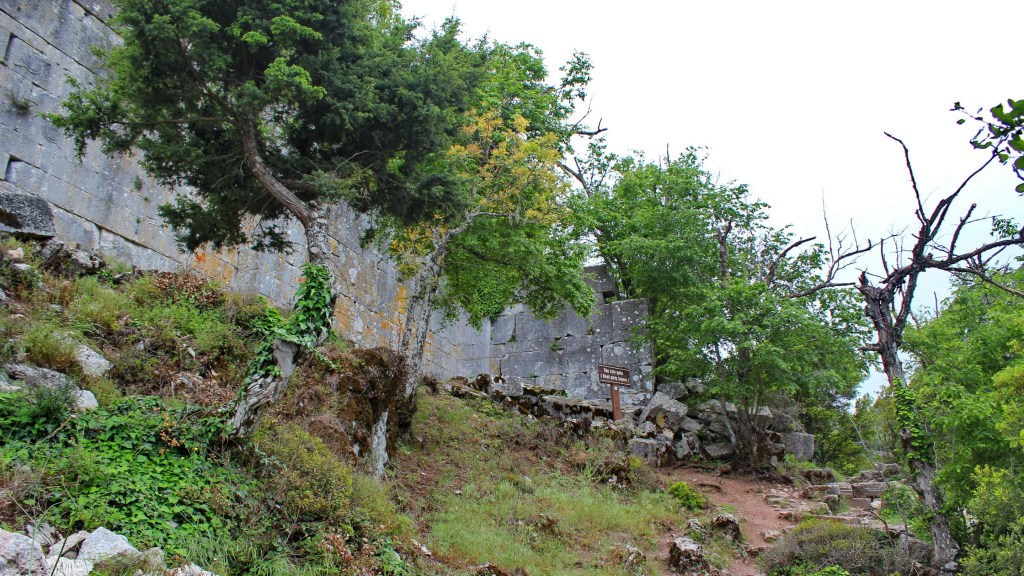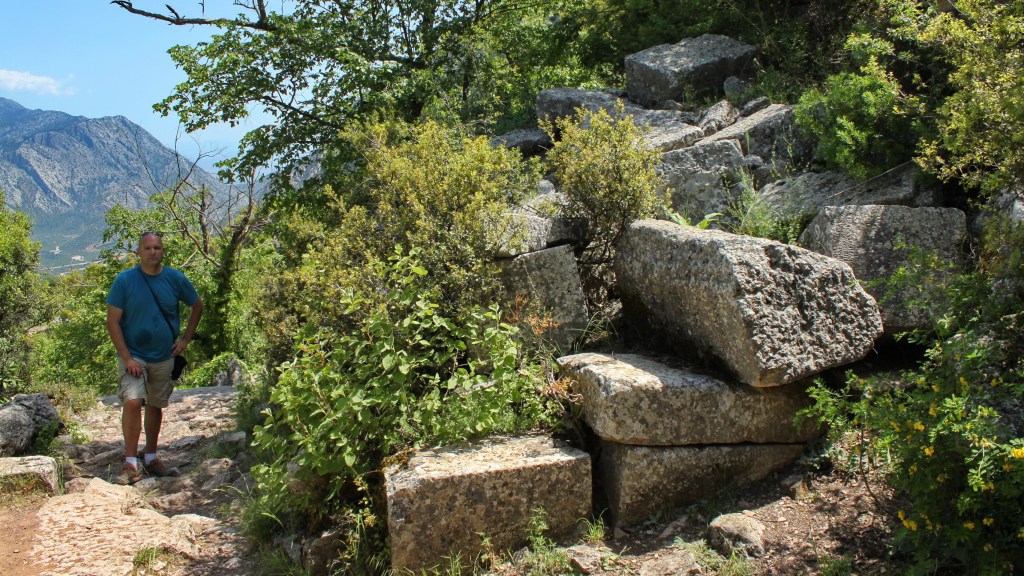This is the second in my series exploring the similarities of human nature in the present crazy situation (the COVID-19 Pandemic, for anyone who might be reading this much later) and in the past; specifically in the search for answers to questions about the unknown. In antiquity this was often done by consultation of oracles or other forms of divination.
NOTE: the first installment had pitifully low readership, so you should go read it now for context: Seeking Answers to an Unknown Future in the Distant Past. And here is a nice picture, somewhat related to the content, so you know where to restart when you come back:

As I write, lead news stories are no longer about the growing severity of the COVID-19 Pandemic, but rather debates about “reopening” the economy. In the US, different states have taken varying approaches, with protests, demonstrations, pleas, and public service announcements against all of them. Media outlets refer to easing of restrictions where infection rates have not declined as a “gamble” or even “rolling the dice.” Indeed, “rolling the dice” means to take a gamble, in the sense of taking an action which involves risk for the chance of potential reward. Gambling for the sake of the risk/reward thrill existed in ancient times as it does today. Gambling by “playing dice” was a major pastime and social problem in ancient Rome—and throughout the empire, as texts and archaeological finds attest. Dice are the objects used to introduce randomness into the process, making it a game.

“Playing dice,” however, is an evolution of both the activity itself and the object used. The verb “playing” reveals the choice to engage in the activity for fun or pursuit of satisfaction. The “gamble” of easing stay-at-home orders and reopening businesses before a pandemic is over is more of a forced choice. The goal is clear and necessary (get back to a productive life), but risk (potential spread of illness) makes the choice difficult and not “fun.” In antiquity, it was common to put such matters to oracles or other forms of divination. In addition to obtaining a presumably unbiased opinion, this was also no doubt an effort to take the decision out of human hands or to avoid direct blame for wrong roads taken. It may seem easy to poke fun at such actions but, in truth, humans share the same fears and instincts in all periods.

The simplest form of choosing between unclear options is by random chance, like flipping a coin. Dice, as noted above, can also be used to produce random outcomes and can also provide more complication than a simple yes or no answer. The direct ancestors to common six-sided dice known today are ancient astragali, the knucklebones of domesticated livestock—usually sheep or goats. These knucklebones have rounded ends and four distinct faces (with varying statistical probability), so that one of the four will be face up when thrown. In the ancient world, the four faces—two broad and two narrow, of which one of each was concave—had known names and values of 1, 3, 4, and 6. Opposite faces adding up to 7 as in modern dice. An astragalus could be ground down into a cube shape with 5 and 2 assigned to the new sides. The result is essentially a modern die. This is why old timers like Ancient Dan may remember even older folk colloquially refer to rolling dice as “throwing the ol’ knucklebones.” Astragali were also used for children’s (and adult) games, but when they were thrown for decision making, the process was called “casting lots,” a method known to readers of the Bible.[1] [It was explained to me as a kid in Sunday School that casting lots “was a lot more like drawing straws than throwing dice” when, in fact, it is exactly like throwing dice!]

Of course the major oracles were the gold standard for getting a divine answer on what action to take in a difficult forced decision. Perhaps simply throwing goat bones oneself may have seemed too flippant or lacking in authority. A convenient, if curious, solution could be found in certain parts of Asia Minor, at least, in the second century AD and later: dice oracles. Here the authority of institutionalized belief and guilt-free randomness could be combined in difficult decision making!

A “good” example (meaning I have pictures of its identifiable ruins) can be seen after a grueling climb up a barely-maintained trail to the mountaintop ruins of Termessos, on the far eastern edge of ancient Lycia in southern Turkey. There, just inside the main gate and attached to the inner face of the city wall, are the fallen blocks of a dice-oracle. One flat horizontal stone can be imagined as the surface on which the inquirer would throw the dice. The blocks on the wall above were covered with inscriptions giving the interpretation of each possible dice throw combination. In fact, the text at Termessos is quite similar to and consistent with those found at other dice-oracles in Asia Minor. In all cases, interpretations are given according to the total of the values of the sides from the dice thrown. From them, we can see that astragali were used because only the face values 1, 3, 4, and 6 were accounted for in the calculations. In most dice-oracles, five throws were assumed, but the Termessos gate example called for seven! The order did not matter but the exact method of obtaining the sum did, in cases where different combinations yielded the same number. Each specific outcome was listed with: the astragali face numbers, the sum of the throw, the result named for god or other mythological character, and a verse interpretation (not unlike a fortune cookie).[2]

The location of the Termessos dice-oracle at the city gate is not surprising, given that many of the interpretations assume questions relating to risks associated with business ventures or travel. Therein lies the connection with current events. This week I suspect many American state governors would welcome a chance to put tough decisions of business and travel versus safety on “the advice of the gods” or “Fate” rather than take his or her own reelection risk with the unknown future.

Would we be better off with a random decision than one made for political expediency? Who knows? Just out of curiosity, I “rolled the dice” in a simulation to see what advice I would get. The answer, straight from the dice-oracle interpretation texts, seems ominously appropriate for contemporary decisions:
- 44466 24 Cronos the Child-Eater
- Three fours and two sixes. This is the god’s advice:
- Stay at home and go not elsewhere,
- Lest the destructive Beast and avenging Fury come upon you;
- For I see that the business is neither safe nor secure.[3]
Be safe out there.
Thanks for looking! ![]() (read the footnotes)
(read the footnotes)
[1] Lev 16:8; Josh 18:6, 8, 10; 1 Chron 24:31, 25:8, 26:13-14; Neh 10:34, 11:1; Job 6:27; Ps 22:18; Joel 3:3; Ob 1:11; Jonah 1:7; Nah 3:10; Matt 27:35; Mark 15:24; Luke 23:34; John 19:24; Acts 1:26; and Greek Esther 9:24, 26; 10:10.
[2] Fritz Graf, “Rolling the Dice for an Answer,” in Mantikê: Studies in Ancient Divination, eds S. I. Johnston and P. Struck (Leiden: Brill, 2005), 60-94.
[3] George E. Bean, Turkey’s Southern Shore (New York: Norton, 1979), 98-99.


“Dem bones, dem bones, dem dry bones.
Now hear the word of the Lord”
LikeLike